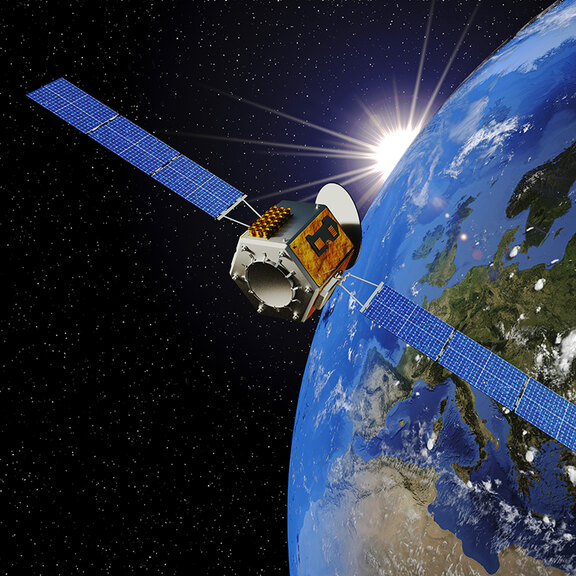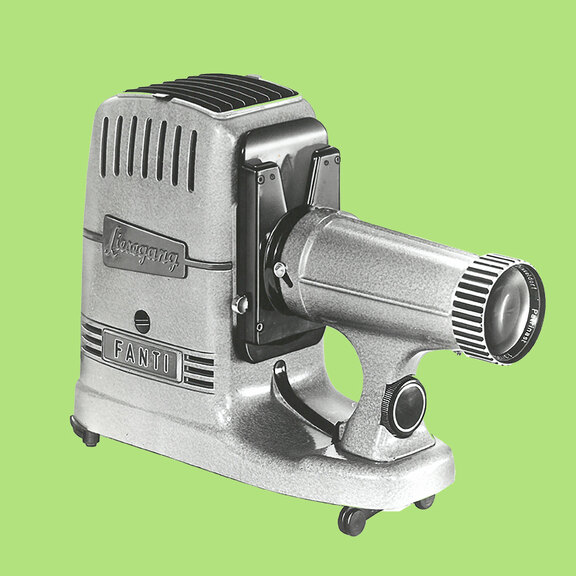It was Christmas Eve, 1883: Paul Nipkow, a student of mathematics and physics, sat alone in his furnished room in Berlin and thought about a “telephone for pictures” that he could use to join in with his family’s Christmas celebrations in Lauenburg (today: Lębork in Poland). Even as a teenager, the baker’s son had been interested in telephony and the additional transmission of moving images. That evening, in his student accommodation, he came up with the idea of breaking down an image into dots and lines – with the help of a spiral-perforated disk. Nipkow used 24 holes arranged along concentric circles. With the aid of a clock mechanism, the disk rotated and traced one hole width after the other, working from the outside in, for each image section. For the transmission, the brightness of each point on the image that the holes revealed had to be converted into an electrical value. Paul Nipkow used a selenium resistor for this purpose. To reproduce the image for a “receiver”, this resistance value had to then be converted back into a brightness value. For this, Nipkow used the effect of the polarization rotation of light discovered by Michael Faraday in 1846, whereby the plane of polarization of a light beam that is guided into a transparent medium is rotated along this medium by a magnetic field.
While others were celebrating the birth of Christ, Paul Nipkow was completely swept up by the idea of transmitting moving images this way. Very quickly, after the holidays on January 6, 1884, he applied to the Imperial Patent Office in Berlin for a “Reichspatent” for an “electric telescope”, which was granted retroactively on January 15, 1885. Whether Nipkow himself ever built such a device is not known. His idea, however, laid the foundation for the development of television. Just after the First World War, engineers began to work with optical-mechanical image scanning for the first television broadcasts, most of them featuring a Nipkow disk. The most significant step in the development of television was then achieved in the 1930s by physicist and researcher Manfred von Ardenne.
(Image: brat82 – fotolia.com)





